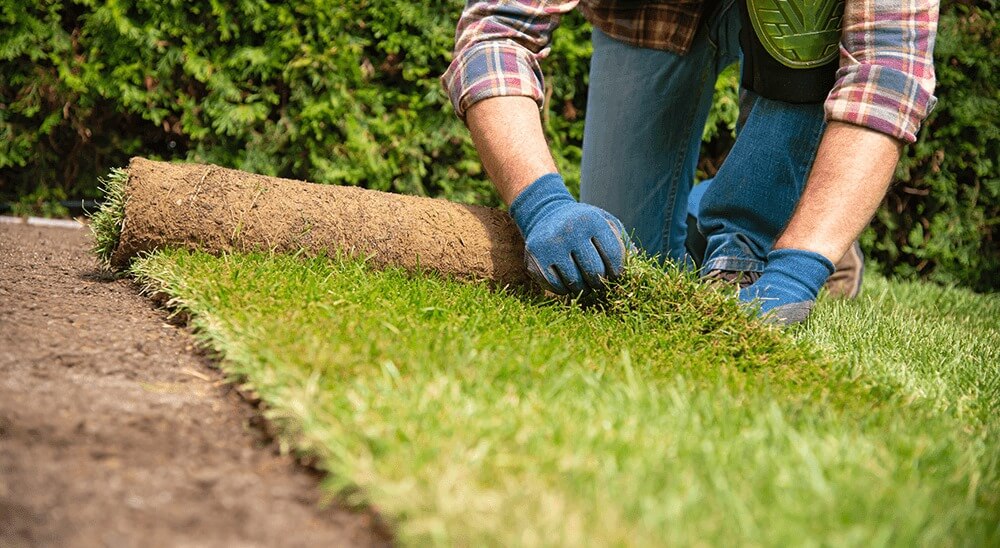Lawncare in Guelph: Tips for a Lush, Green Yard

Lawncare in Guelph
Guelph, known for its vibrant community and scenic landscapes, is a place where homeowners take great pride in maintaining beautiful lawns. A well-maintained lawn not only enhances the aesthetic appeal of your property but also contributes to the overall environment. Lawncare in Guelph involves understanding the local climate, soil conditions, and implementing best practices to ensure your lawn remains healthy and green throughout the year. In this blog, we will explore essential tips for effective lawncare in Guelph.
Understanding Guelph’s Climate and Soil
Guelph experiences a humid continental climate, characterized by warm summers and cold winters. This climate necessitates a lawncare approach that addresses the specific challenges of each season. Additionally, Guelph’s soil can vary from sandy loam to clay, each type requiring different care techniques.
Essential Lawncare Tips for Guelph
- Soil Testing and Preparation: Before starting any lawncare routine, it’s crucial to understand your soil’s pH and nutrient levels. Conduct a soil test to determine its composition and nutrient deficiencies. Based on the results, you can amend the soil with lime to adjust pH levels or organic matter to improve soil structure and fertility.
- Choosing the Right Grass: Selecting the appropriate grass type is vital for a thriving lawn in Guelph. Cool-season grasses such as Kentucky Bluegrass, Perennial Ryegrass, and Fine Fescue are well-suited for Guelph’s climate. These grasses are hardy and can withstand the cold winters and relatively dry summers.
- Mowing Practices: Proper mowing is essential for maintaining a healthy lawn. Set your mower blades to the correct height—generally around 2.5 to 3 inches for cool-season grasses. Mow regularly but avoid cutting more than one-third of the grass blade length at a time. This practice helps maintain root strength and prevents stress on the grass.
- Watering Techniques: Efficient watering practices are crucial, especially during the dry summer months. Water your lawn early in the morning to minimize evaporation and ensure the grass absorbs moisture effectively. Aim for deep, infrequent watering rather than shallow, frequent watering to encourage deep root growth. Generally, lawns require about 1 to 1.5 inches of water per week.
- Fertilization: Regular fertilization provides essential nutrients that promote healthy grass growth. Use a balanced fertilizer with a suitable mix of nitrogen, phosphorus, and potassium. Fertilize your lawn in early spring and late fall to prepare the grass for the growing season and winter dormancy.
- Aeration: Aeration helps alleviate soil compaction and improves air, water, and nutrient movement in the soil. Perform aeration in the fall or spring by using a core aerator to remove small plugs of soil from your lawn. This process enhances root development and overall lawn health.
- Weed Control: Weeds can compete with grass for nutrients, water, and sunlight. Implement a weed control strategy that includes both pre-emergent and post-emergent herbicides. Hand-pull weeds where possible, and maintain a thick, healthy lawn to prevent weed establishment.
- Pest Management: Monitor your lawn for signs of pests such as grubs, chinch bugs, and sod webworms. Implement integrated pest management (IPM) practices that include biological controls, such as beneficial nematodes, and cultural practices, like proper mowing and watering, to minimize pest damage.
- Dealing with Thatch: Thatch is a layer of organic matter that can build up between the soil and grass blades. A thin layer of thatch is beneficial, but excessive thatch can hinder water and nutrient absorption. Dethatch your lawn if the thatch layer exceeds half an inch. This can be done using a dethatching rake or machine.
- Seasonal Care:
- Spring: Start with a thorough cleanup to remove debris, dead grass, and leaves. Aerate and overseed your lawn if necessary. Apply a pre-emergent herbicide to prevent weed germination.
- Summer: Focus on proper watering and mowing practices. Keep an eye out for pests and treat them promptly.
- Fall: Fertilize and aerate your lawn. Overseed to repair any damaged areas. Apply a post-emergent herbicide to control late-season weeds.
- Winter: Prepare your lawn for winter by performing a final mow, slightly shorter than usual. Remove any fallen leaves and debris to prevent mold and disease.
Conclusion
Maintaining a lush, green lawn in Guelph requires understanding the local climate and soil conditions and implementing best practices for lawncare. By following these essential tips—ranging from soil preparation and proper mowing to efficient watering and pest management—you can ensure your lawn remains healthy and vibrant throughout the year. A well-cared-for lawn not only enhances the beauty of your home but also contributes to the overall environment, creating a welcoming space for you and your family to enjoy.







